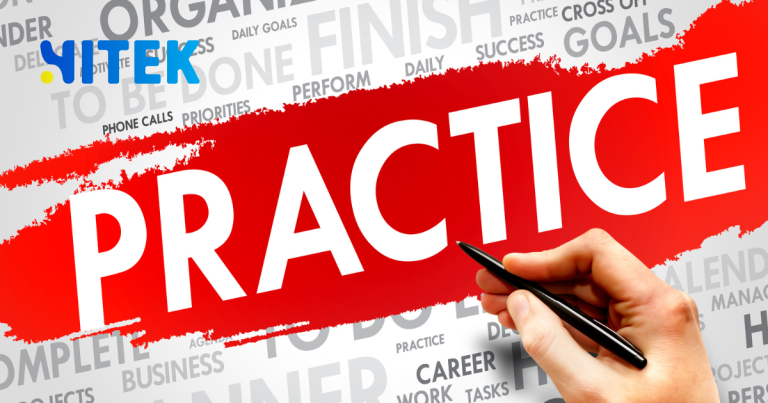Launching a new product or platform can feel like navigating uncharted waters in web development. You have a vision, but how do you bring it to life without sinking your budget or wasting time? Enter the MVP, or Minimum Viable Product. This concept has become a cornerstone of modern web development, especially for startups and businesses looking to test their ideas quickly and efficiently. But what exactly is an MVP, and why should Australian companies care? Let’s break it down.
Contents
ToggleWhat Is an MVP?
An MVP is the simplest product version that can be released. It includes only the core features necessary to solve a specific problem or meet a key need for your target audience. The goal isn’t to deliver a perfect, feature-rich product right out of the gate. Instead, it’s about creating something functional that allows you to gather feedback, validate your idea, and iterate based on real user input.
Think of it this way: if you’re building a new e-commerce platform, your MVP might include just the essentials—product listings, a shopping cart, and a checkout system. Fancy add-ons like AI-powered recommendations or augmented reality try-ons can come later.
Why Australian Businesses Should Embrace MVPs
Australia’s tech scene is booming, with cities like Sydney, Melbourne, and Brisbane becoming hubs for innovation. However, competition is fierce, and resources can be limited. This is where the MVP approach shines.
- Cost Efficiency: Developing a full-scale product can be expensive. Focusing on the essentials can save money and allocate resources more effectively.
- Faster Time-to-Market: In a fast-paced digital landscape, speed matters. An MVP allows you to launch quickly and stay ahead of competitors.
- User-Centric Development: By involving users early, you can ensure your product meets their needs and avoids costly missteps.
For example, Australian startups like Canva and Atlassian have leveraged the MVP model to test and refine their products, ultimately achieving global success.
Key Benefits of Building an MVP
| Benefit | Description |
|---|---|
| Risk Reduction | Test your idea with minimal investment before committing to full-scale development. |
| User Feedback | Gather insights from real users to guide future updates and improvements. |
| Scalability | Start small and expand as your user base grows and your product evolves. |
| Focus on Core Value | Prioritize features that deliver the most value to your audience. |
How to Build an MVP for Web Development
Creating an MVP isn’t about cutting corners but intelligent prioritization. Here’s a step-by-step guide to help you get started:
1. Define Your Problem and Audience
Before writing a single line of code, identify the problem your product will solve and who it’s for. For instance, if you’re targeting Australian small businesses, your MVP might focus on simplifying invoicing or streamlining inventory management.
2. Identify Core Features
Please list all the features you’d like to include, then narrow it down to the essentials. Ask yourself: What’s the minimum functionality needed to deliver value?
3. Choose the Right Tech Stack
Select tools and technologies that align with your goals and budget. For example, platforms like WordPress or Shopify can be great starting points for web-based MVPs.
4. Develop and Test
Build your MVP with a focus on usability and performance. Conduct thorough testing to iron out any bugs or issues.
5. Launch and Gather Feedback
Release your MVP to a small group of users and collect their feedback. Use this data to refine your product and plan future updates.
Real-World Examples of Successful MVPs
- Dropbox: Before building its full product, Dropbox created a simple video demonstrating its file-sharing concept. The overwhelming positive response validated the idea and helped secure funding.
- Airbnb: The platform started as an essential website offering short-term lodging during a conference. This MVP allowed the founders to test their concept and scale gradually.
These examples show how starting small can lead to significant results—a lesson Australian businesses can apply to their projects.
Common Mistakes to Avoid
While the MVP approach offers many advantages, it’s not without pitfalls. Here are some common mistakes to watch out for:
- Overloading the MVP: Adding too many features defeats the purpose. Stick to the essentials.
- Ignoring User Feedback: The whole point of an MVP is to learn from your users. Don’t launch and forget—listen and adapt.
- Skipping Testing: Rushing to launch without proper testing can lead to a poor user experience and damage your reputation.
Why MVP Development Is Perfect for Australia’s Market
Australia’s diverse and tech-savvy population makes it an ideal environment for MVP testing. Whether targeting urban professionals in Sydney or rural communities in Queensland, an MVP allows you to tailor your product to local needs without overcommitting resources.
Moreover, Australia’s strong startup ecosystem, supported by initiatives like StartupAUS, provides ample opportunities for collaboration and growth. Australian businesses can innovate with confidence and agility by adopting an MVP mindset.
Final Thoughts
In web development, the MVP approach isn’t just a strategy—it’s a philosophy. It’s about embracing simplicity, focusing on value, and learning from your users. For Australian businesses, this method offers a practical way to navigate the complexities of the digital landscape and turn ideas into reality.
So, if you’re ready to take the plunge, start small, think big, and let your MVP guide the way.
Ready to build your MVP? Contact a trusted web development agency in Australia today and bring your vision to life!
This guide will help you create a product that resonates with your audience and set the stage for long-term success. Happy developing!









